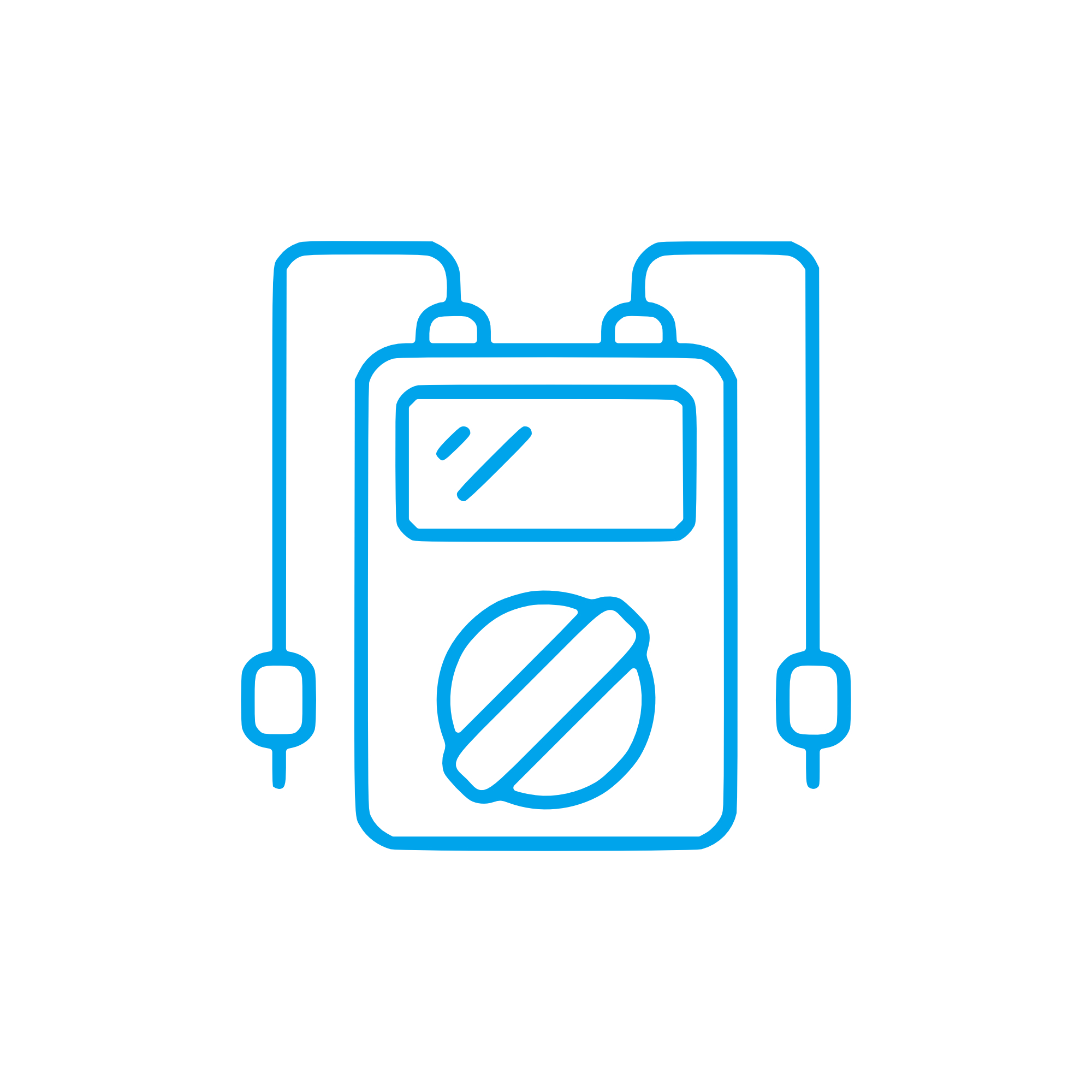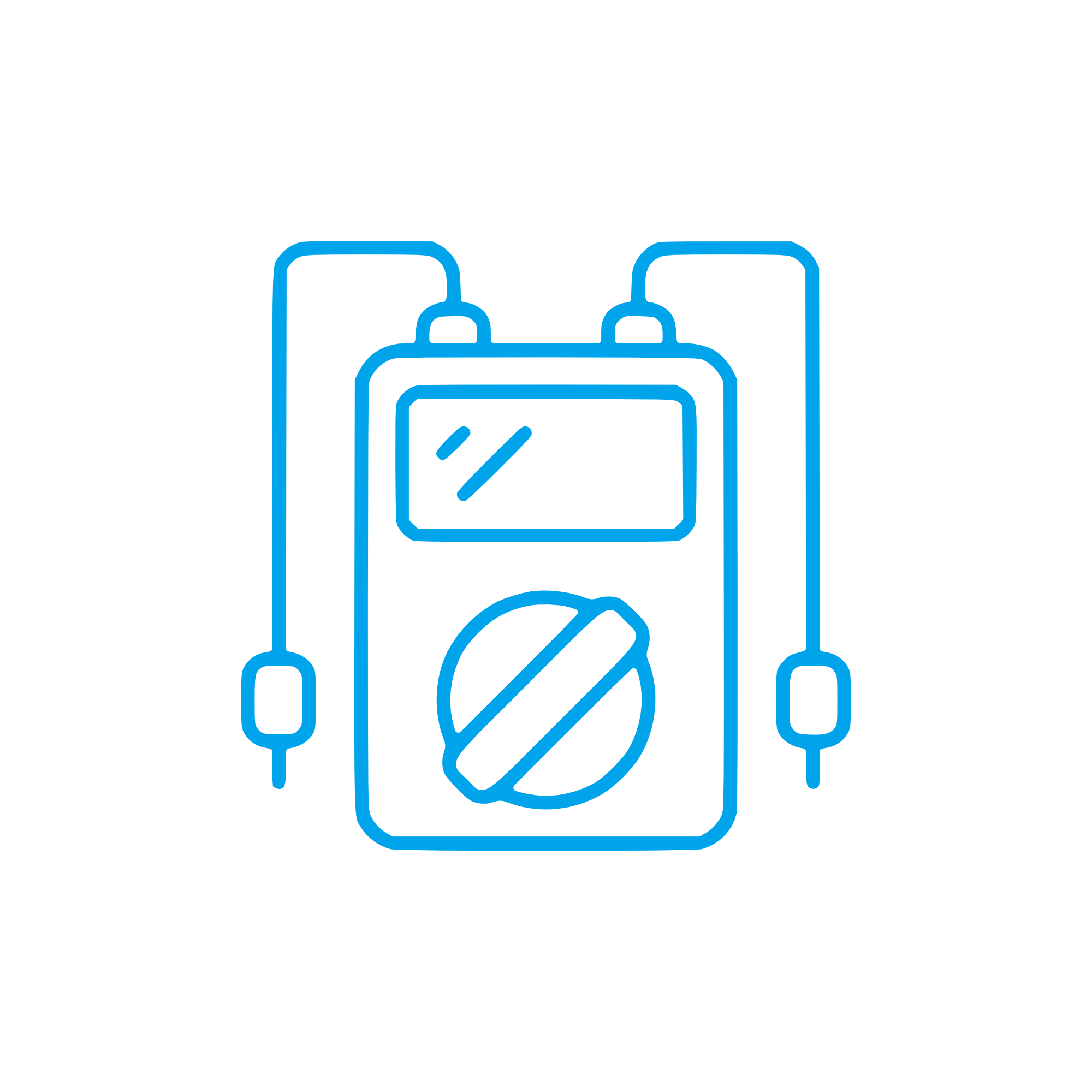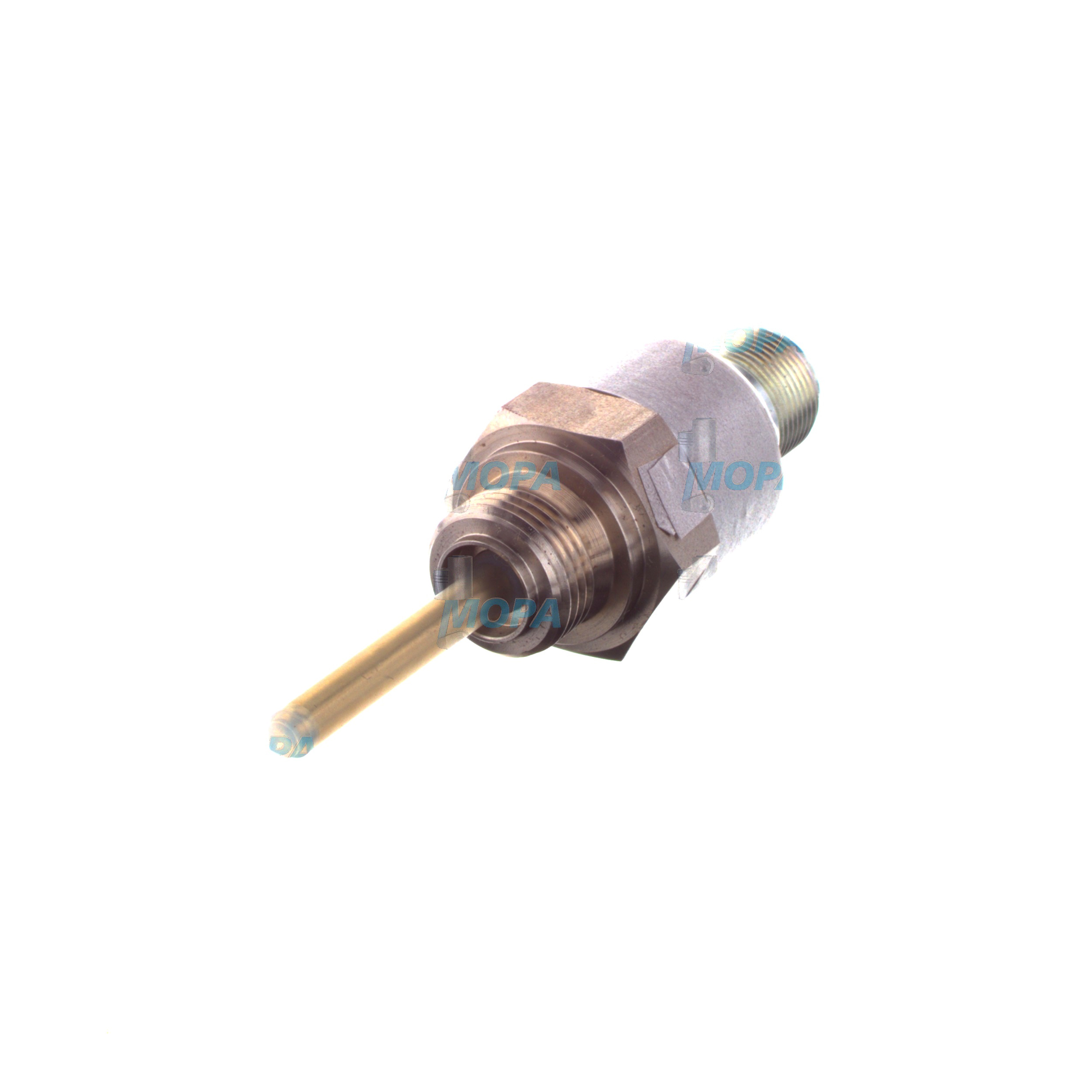PROBE gauges and sensors for diesel and marine engines
Gauges and sensors form the nervous system of modern engines. They translate pressure, temperature, speed, level, flow, vibration, and emissions into precise signals that operators and control units can trust. In a marine engine room or a land-based power plant, the right combination of robust gauges on the panel and high-accuracy sensor PROBE elements in the machinery space is essential to run efficiently, protect assets, and comply with safety standards. This article category covers the full spectrum—from exhaust temperature thermocouples and lube oil pressure transmitters to RPM pickups, fuel flow meters, manifold pressure sensors, and digital/analog display gauges that keep crews informed at a glance.
PROBE function: how gauges and sensors drive control in a diesel engine and marine engine
Every critical loop in an engine depends on a trustworthy measurement. A temperature PROBE in the exhaust of a diesel engine tracks cylinder-to-cylinder balance and protects the turbocharger from overheat. Pressure sensors in the lube and fuel circuits confirm that pumps deliver stable flow under changing load. Magnetic RPM pickups read gear teeth to calculate speed and timing. Level sensors in day tanks prevent air ingress. On gas engines, a lambda PROBE samples oxygen to fine-tune air–fuel ratio and reduce emissions. These measurements feed the ECU/ECM, which trims injection, manages boost control, schedules maintenance, and initiates alarms or safe shutdowns when limits are breached.
Signal pathways are engineered for reliability. Typical outputs include 4–20 mA current loops for noise immunity, ratiometric voltage, frequency signals for speed, and digital protocols such as CAN bus, J1939, or Modbus for integrated systems. Panel-mounted gauges convert these signals into clear, readable values; backlit displays and scalable ranges ensure visibility in low-light engine rooms. The sensing PROBE itself—whether a Pt100 RTD, a Type K thermocouple, a piezoresistive pressure cell, or a Hall-effect tachometer—must withstand vibration, thermal cycling, and corrosive atmospheres found in marine engine applications. Housings are commonly stainless steel or nickel-plated brass, connectors are sealed to IP67/68, and sensing tips are engineered for fast response and minimal drift.
- · High signal accuracy and repeatability under vibration
- · Fast response time for transient load changes
- · Broad temperature and pressure ranges for harsh duty
- · Sealed connectors and cables for marine environments
- · Compatibility with CAN/J1939, 4–20 mA, Modbus
- · Engineered PROBE designs for diesel and gas engines
- · Clear, durable gauges for bridge and engine room panels
- · Tight calibration to match ECU maps and trip limits
- · Materials selected for fuel, oil, and coolant resistance
- · Drop-in fit with OEM parts numbers and mounting threads
PROBE reliability: why gauges and sensors are vital for engine uptime and service life
Accurate measurement is the foundation of reliable operation. If a lube oil pressure sensor drifts low, the ECU may trigger unnecessary slowdowns; if it drifts high, genuine low-pressure events can go undetected, risking bearing damage. A fouled temperature PROBE delays detection of hot cylinders, leading to injector coking, piston crown distress, or turbocharger overspeed. Faulty boost pressure readings undermine fueling calculations and raise specific fuel consumption. Intermittent RPM pickup signals cause unstable governing and increased wear on couplings. In marine service, salt mist, condensation, and vibration accelerate degradation; connectors corrode, cables chafe, and sensing elements drift. Proactive replacement with correctly specified gauges and sensors stabilizes control loops, preserves fuel economy, and prevents expensive unplanned stops.
The interplay between measurement and protection is especially critical on classed vessels and power generation sets. Alarm and shutdown thresholds depend on the calibrated relationship between the ECU and each PROBE. When those relationships stay consistent over time, engines meet emission targets, maintain thermal balance across cylinders, and achieve designed overhaul intervals.
Advantages of OEM spare parts suitable for gauges and sensors using PROBE technology
Choosing OEM spare parts suitable for this category ensures that measurement chains stay consistent with the engine maker’s calibration files and control logic. Mechanical interfaces—thread sizes, insertion lengths, seat designs—and electrical interfaces—pinouts, shield grounding, scaling—match the engine harness without adaptation. That precision avoids nuisance faults, accelerates commissioning after maintenance, and reduces total cost of ownership by extending intervals between recalibration.
Materials and sealing systems selected by the engine designer are maintained: stainless grades for chloride resistance in marine engine compartments, high-temperature cables at exhaust runs, and EMC shielding to protect low-level signals near alternators. For a diesel engine exhaust temperature PROBE, the thermocouple type, insulation class, and response time are tuned to the alarm delays and trip logic. For an oxygen PROBE on a gas engine, heater control and signal conditioning are aligned with ECU expectations. Across the board, OEM parts bring consistent sensor curves, validated drift behavior, and traceable production that supports predictable performance, reliable budgeting, and a longer service life for the entire engine.
MOPA: fast, secure supply of OEM parts for PROBE gauges and sensors
MOPA is a seasoned partner for purchasers, shipowners, and technical managers who need OEM parts for gauges and sensors. We combine speed, quality, and security in the trade of OEM parts for diesel and gas engines—sourcing PROBE elements, transmitters, and display gauges that match your engine’s specification. With deep cross-reference expertise, MOPA helps identify the correct item by engine serial number, drawing, or part code, and arranges rapid delivery to ports and plants worldwide. Each delivery is handled with careful packaging and documentation, so your maintenance team can install with confidence and return assets to service quickly.
PROBE sourcing with technical assurance
From exhaust thermocouples and lube pressure transmitters to coolant temperature sensors and RPM pickups, MOPA supports both single-line items and complete sensor kits. We focus on traceability, consistent calibration, and compatibility with your ECU and gauge panels—reducing risk and keeping your project on schedule.
Conclusion
Gauges and sensors—built around accurate, durable PROBE technology—are indispensable to engine performance, efficiency, and safety. Selecting OEM spare parts suitable for this category preserves calibration, fit, and reliability, resulting in stable operation and optimized lifecycle cost. With MOPA as your partner, you secure fast, high-quality access to the right components for diesel and marine engines.





